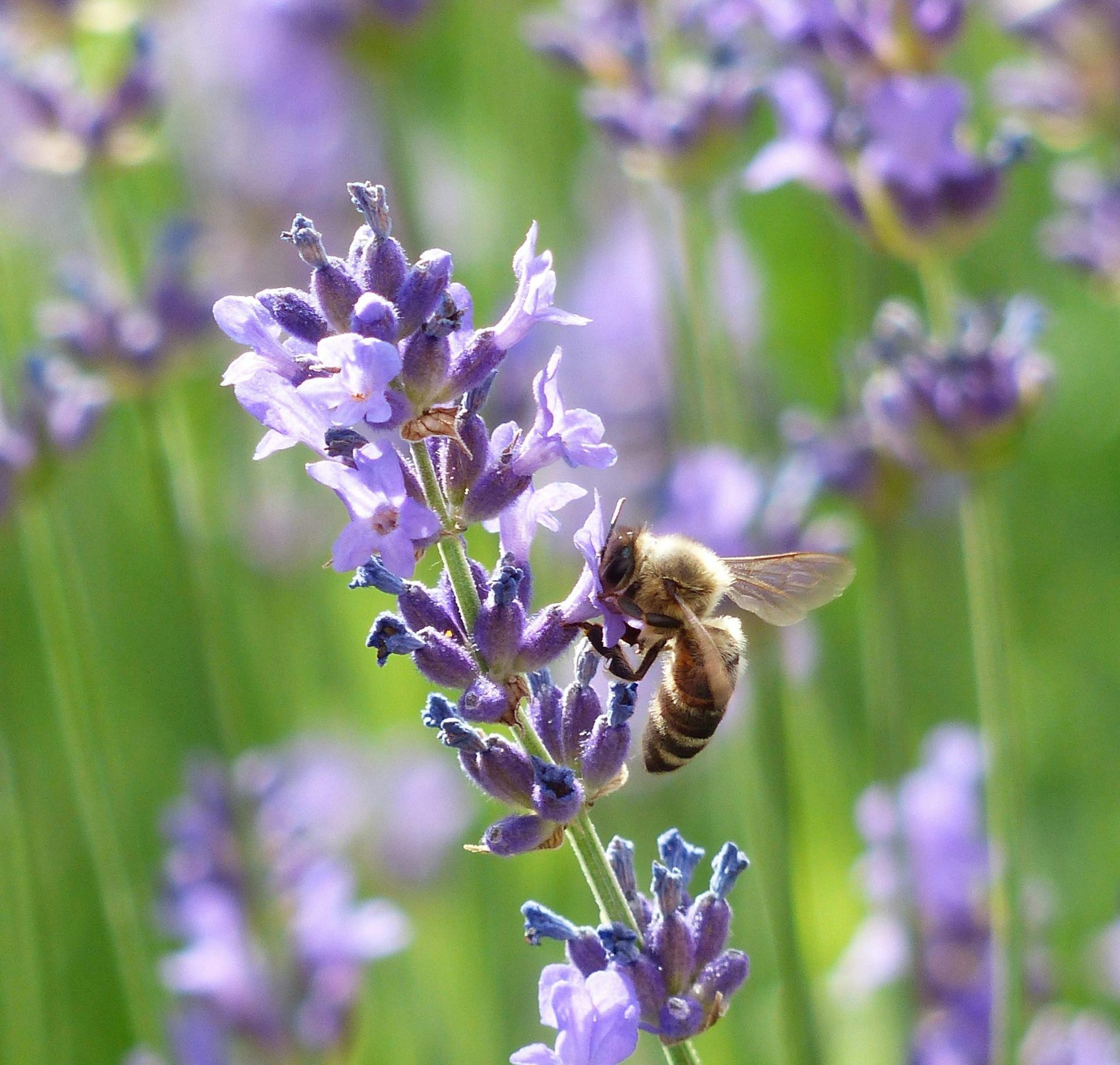
Spring is here again. The first flowers are already in bloom and even though the sun does not always come through the clouds, it is becoming pleasantly warm. Insects are emerging from their winter quarters and becoming active. This not only means that we may be bothered by mosquitoes in our bedroom, but also that our pets are more affected. This blog is all about the insect season and what it brings.
What insects should we actually consider when looking at our pets? Is it possible for a dog or cat to get Lyme disease after a tick bite? Can our pets be allergic to bee and wasp stings? What should you do if your pet is bitten by an insect or tick? Read on quickly to discover the answers.
The tick season starts very early in the year and also goes on longer compared to other insects. On many websites, you read that the season starts in April and ends in October, but this year there are on signradar.co.uk multiple reports of tick bites as early as February. This means we need to pay more attention to our four-legged friends.
In areas where ticks are prevalent, it is important to be aware of where these tiny insects hide. Ticks like tall shady grass and gather under dead leaves near trees and shrubs. It is important to know that ticks do not usually fall from trees, but rather lurk in the grass. It is therefore wise to avoid contact with low plants and shrubs in tick-rich areas to prevent these insects from jumping onto your body.
If you have been out for a nice walk, don't forget to check your pet carefully for ticks. The sooner you get there the better. Make sure to check the fur thoroughly and don't forget to check the skin folds. This is where ticks like to nest.
Bees are active earlier than wasps in spring. This is due to the way they survive the winter. Bees hibernate and in wasps, only the queen is able to survive the winter. In spring, she emerges and sets about building a nest. In it, she lays her first eggs. The larvae that hatch from these usually pupate around April/early May. Which marks the beginning of the wasp season. Because the bees do not have to rebuild their entire colony, they are active earlier in spring.
The difference between wasp and bee stings is that a wasp's sting does not remain in the skin. Do you see a sting in your pet's skin after the sting? Then try to push it out with your nail. Using tweezers is not recommended. This will make it easier to pinch the sting, allowing you to squeeze more venom into the skin. To care for and soften the skin, use the ByeBugBite. The ByeBugBite has a mild antiseptic effect based on hydro-regulating medical honey, preventing redness and severe hump formation.
Beware of stings in the tongue, mouth or throat. This can be dangerous for your pet. So pay close attention to the reaction of the skin and your pet. There may be symptoms such as: vomiting, diarrhoea, restlessness, lack of enthusiasm and breathlessness. They may also suffer from an allergic reaction to a sting or bite. If so, contact your vet immediately!
There is no real season when fleas are common anymore. They are actually active all year round because of the mild winters. Because of this, it is also still the biggest cause of itching in our pets. When checking your dog or cat for fleas, do so by looking at the skin under the fur and combing through it with a flea comb. When doing this, pay attention not only to the insects themselves, but also to black spots. These could be flea droppings.
It is important to realise that fleas are not only found on your pet's skin. The eggs, larvae and pupae can also be found in the habitat of dogs, cats or other four-legged friends. Think of the basket, the rug, the sofa and even the bed if he or she is allowed to lie on it. So it is important to tackle the whole house when fighting fleas. Vacuum and mop the floor, including changing the hoover bag regularly. If you can, wash all rugs and baskets at 60˚C. It is important that you treat other pets properly too.
If your pet has fleas, you should also de-flea them regularly. You do this by going over the coat with a flea comb and dipping the fleas in a bowl of water with washing-up liquid. When doing so, comb with the hair growth and keep the flea comb as flat as possible. In consultation with your vet, you can also give your pet anti-flea drops. This will prevent fleas from reproducing.
It may sound strange, but when you have a flea infestation, it is also important to worm your pet. There is a chance that your dog or cat may swallow a flea, which can transmit tapeworm eggs. These organisms can then re-establish themselves in the intestines, which can cause new problems. Deworming your pet is a small effort, but it can prevent many inconveniences.
Prevention is, of course, better than cure. For this reason, it is important to treat your pet with anti-flea drops or a flea collar throughout the year. The effect of the remedy depends on the type of remedy you use. Drops often work for a short period, about a month, also there are collars, which can protect your pet for up to eight months. In both cases, remember to note on the calendar when the next treatment is needed.